MAGNETIC INSTRUMENTS
OVERVIEW:
Magnetometers and magnetic instruments are essential tools for measuring and studying magnetic fields. These devices detect and quantify the strength, direction, and variations of magnetic fields in various environments. They find wide application across multiple fields, from geophysics and archaeology to navigation and space exploration. Magnetometers come in various types, including flux-gate, proton precession, and SQUID (Superconducting Quantum Interference Device) magnetometers, each with specific advantages for different purposes. These instruments play a crucial role in understanding Earth’s magnetic field, investigating geological structures, detecting buried objects, and aiding in navigation systems that rely on magnetic compasses. They also contribute to advancing our knowledge of space weather and magnetic interactions in the cosmos, making them indispensable tools for scientific research and practical applications alike.

Mag-13 Three-axis
Mag-13 sensors are available with a wide range of enclosures, making them suitable for use in the laboratory, in the field, and underwater.
Features:
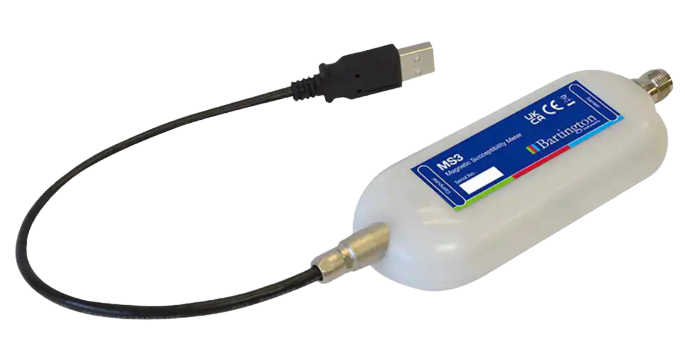
Magnetic Susceptibility
The MS3 is a compact, portable, lightweight meter, with a measuring range of 26SI. It operates with all MS2 sensors. It is completely software controlled via a USB connection to a compatible computer, laptop or PDA. The Bartsoft software supplied with the product gives you control over the measurement protocol and speed, and includes options to display data in chart and table formats. A version of the software operating on Windows™ CE makes this meter adaptable for field applications.
Features:
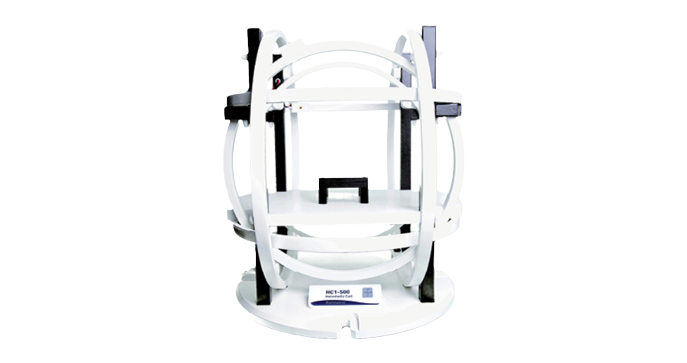
Helmholtz Coil Systems
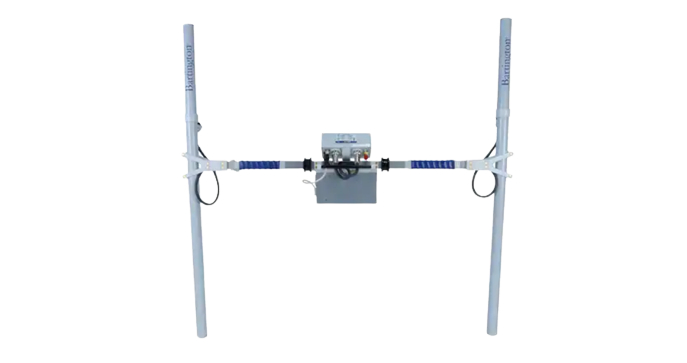
Gradiometers
These gradiometers and associated equipment are ideal for site surveys, in applications including archaeology, forensics, unexploded ordnance (UXO) detection, and pipe, cable and drum location.
Features:
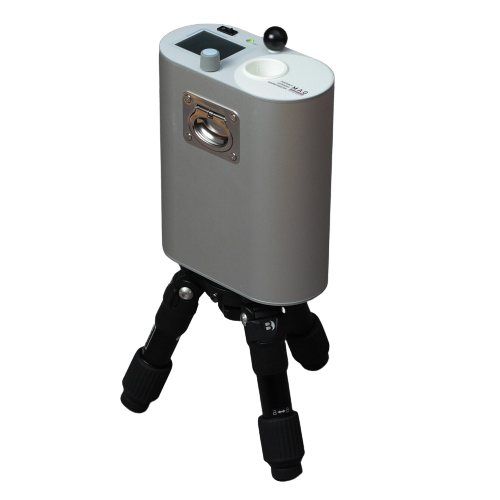
Portable Spinning Magnetometer (PSM)
Portable Spinning Magnetometer (PSM) is the world’s most compact and affordable device for measurement of remanent magnetization of standard, homogeneous one-inch core samples. It is also the only device on the market which has ability to indicate the level of the sample’s homogeneity. PSM has a rugged and lightweight design which together with the shipped tripod and battery lasting for 2-5 days [1] makes it a perfect device, not only for a tabletop, but also for a field work.
- Dynamic range: 1×10-9 – 0.1 Am2
- Sensitivity: (1×10-4 – 1×104 A/m2)
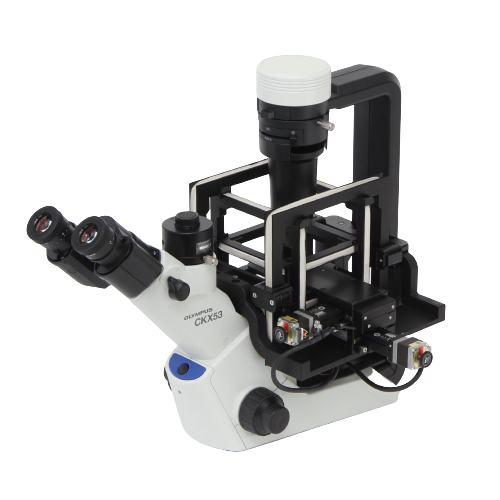
Bacteriodrome and Magnetodrome
Magneto- and bacteriodrome are devices for microscopic observation of magnetic field influence on magnetic compounds or organisms. They originate from research on magnetotactic bacteria, but find their application in wide variety of fields, such as: medical research, biology or material science.
